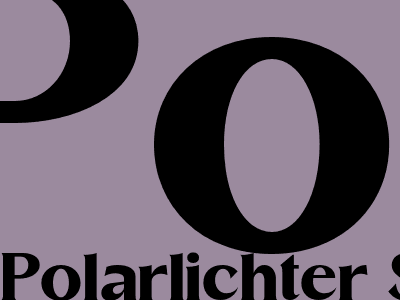Polar Lights Phenomenon Thrills Stargazers in Switzerland
A Spectacular Celestial Display
Switzerland has witnessed an extraordinary celestial event as the Northern Lights, also known as Aurora Borealis, have illuminated the night sky with vibrant colors. This rare phenomenon, typically confined to higher latitudes, mesmerized stargazers across the country.
Origin of the Display
The Polar Lights result from interactions between charged particles from the Sun and Earth's magnetic field. These particles collide with atoms and molecules in the Earth's atmosphere, releasing energy in the form of light.
Solar activity levels are a key factor in determining the frequency and intensity of the Aurora Borealis. During periods of high solar activity, the magnetic field is disrupted, allowing more particles to penetrate the lower atmosphere, resulting in brighter and more colorful displays.
Regions Benefiting from the Lights
The Polar Lights are predominantly visible in the Arctic and Antarctic regions. However, under exceptional conditions, they can extend to lower latitudes. In Switzerland, the phenomenon was primarily observed in the northern and eastern parts of the country, with the best views in areas with low light pollution.
Scientific Significance
Beyond its aesthetic appeal, the Polar Lights hold scientific significance. By studying the lights, researchers can gain insights into solar activity, magnetic field dynamics, and atmospheric processes. The data collected helps advance our understanding of space weather and its impact on Earth's systems.
Tourism and Cultural Impact
The appearance of the Polar Lights has sparked excitement and awe among Swiss residents and international tourists alike. Many travel to specific locations known for optimal viewing conditions, such as the Swiss Alps or the shores of Lake Geneva.
The spectacle has also inspired cultural expressions. Swiss artists, writers, and musicians have incorporated the Polar Lights into their works, celebrating the unique and ephemeral beauty of this natural wonder.
Tips for Witnessing the Polar Lights
* Check solar activity: Monitor solar activity forecasts to determine the likelihood of Aurora Borealis sightings. * Choose dark locations: Avoid areas with bright lights that can obscure the faint glow of the Polar Lights. * Look towards the north: The lights typically appear in the northern sky, so find a clear view facing that direction. * Be patient: It may take time for the lights to become visible, so allow for plenty of observation time. * Use photography techniques: Use a camera with a wide-angle lens and a tripod to capture the best images of the Polar Lights.Conclusion
The Polar Lights phenomenon in Switzerland has been a captivating and awe-inspiring celestial display. While its occurrence is often unpredictable, the memories of its vibrant colors and elusive nature will linger in the minds of those who witnessed it.

Comments